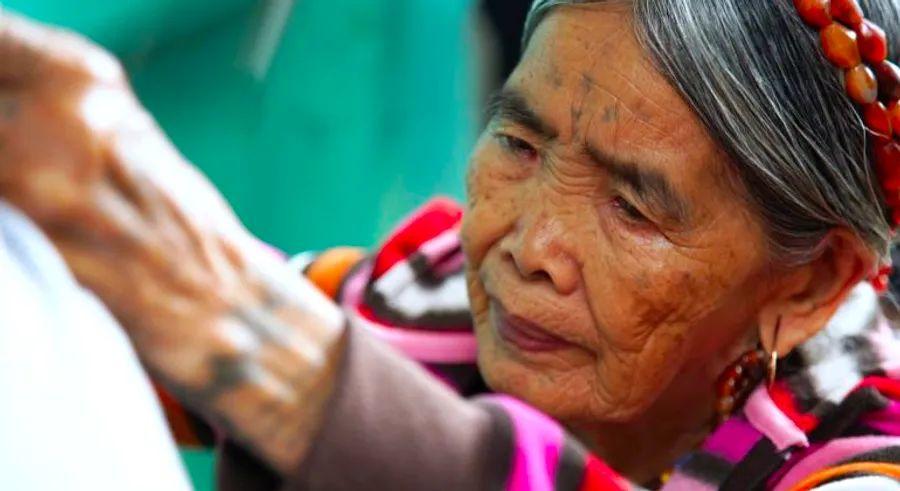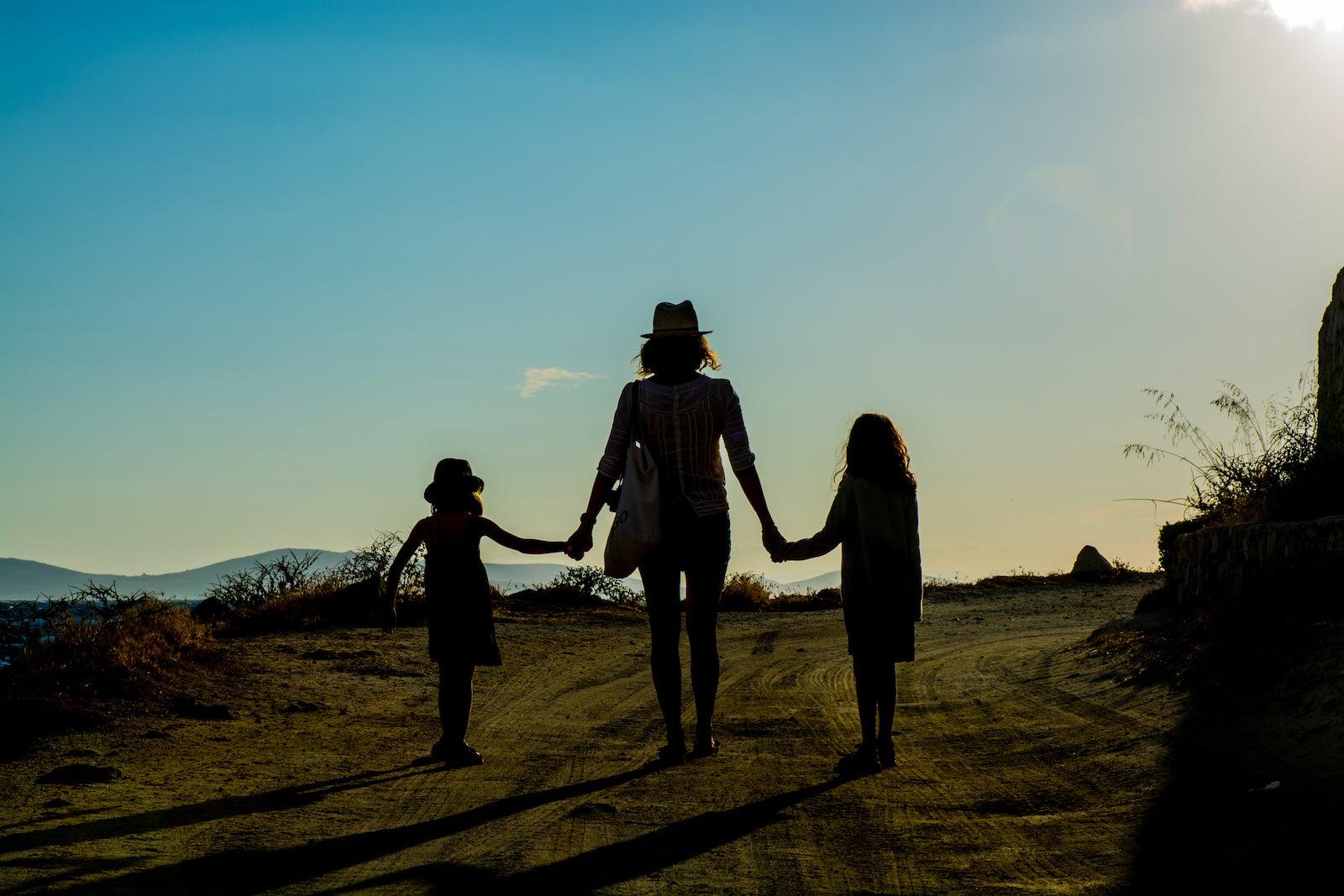Introducing Whang Od Oggay: The Philippines' oldest tattoo artist

Nestled among lush rice terraces and rolling hills, the small mountain village of Buscalan, home to about 200 families, is located in the Kalinga province of the Philippines, roughly a 15-hour drive north of Manila.
Every year, thousands of visitors make the journey to meet Whang Od Oggay, the Philippines' oldest mambabatok, or traditional Kalinga tattoo artist. Now around 100 years old, Whang Od has been practicing the ancient art of hand-tapped tattoos since she was 15.
“The tradition will live on as long as people continue to seek out tattoos,” Whang Od shares with Dinogo Travel. “As long as my eyesight remains sharp, I’ll keep tattooing. I’ll stop when my vision begins to fade.”
A symbol of grace and resilience
Historically, the hand-tapped tattoos were reserved for indigenous Butbut warriors who earned them through acts of valor.
“A warrior could only receive a tattoo after taking a life,” Whang Od explains. “Everyone would know when a warrior had killed someone because he would announce it to the whole village.”
As for women? Tattoos were viewed as a form of adornment and beauty.
“Back then, people would say: ‘Get a tattoo so you’ll look beautiful,’ ” Whang Od reminisces about her youth, when her friends covered her arms and legs in tattooed sleeves.
Now that the warriors are no longer, hand-tapped tattoos are available to everyone. Whang Od now tattoos around eight clients a day, with designs ranging from simple lines and circles to animals and tribal motifs. Each symbol holds a unique significance, representing elements like the sun, mountains, fertility, and strength.
“I’m happy when tourists and visitors come here, as it helps us financially,” Whang Od shares. “I hope more people continue to visit.”
How it’s done
Whang Od uses an ancient technique that has been passed down for generations, relying on only a few basic tools: a thorn from a pomelo tree, a bamboo stick about a foot long, coal scraped from a pot, and water.
That’s all she needs.
With focused precision, she applies the ink made from coal and water onto the skin. Using the thorn and bamboo stick, she taps the ink deep into the skin, causing it to draw blood. Despite its simplicity, this method allows Whang Od to create intricate geometric patterns, though the process is just as painful as modern tattooing techniques.
Tattooing for the future
Preserving this ancient art is more complex than it may seem. The tradition can only be passed down to blood relatives, under the belief that the tattoos would become infected otherwise. Although she has no children, Whang Od has been mentoring her grandnieces Elyang Wigan and Grace Palicas for several years to carry on the craft.
“All my friends who used to tattoo have passed away,” Whang Od reflects. “I’m the last one still practicing. But I’m not worried about the tradition fading, because I’m teaching the next generation of tattoo masters.”
Although the art is in capable hands, this centenarian has no intention of retiring anytime soon.
Whang Od’s secret to reaching 100? “I avoid canned foods, oily foods, and anything with preservatives,” she reveals. “I stick to organic, fresh foods like leafy greens and beans.”
Evaluation :
5/5



